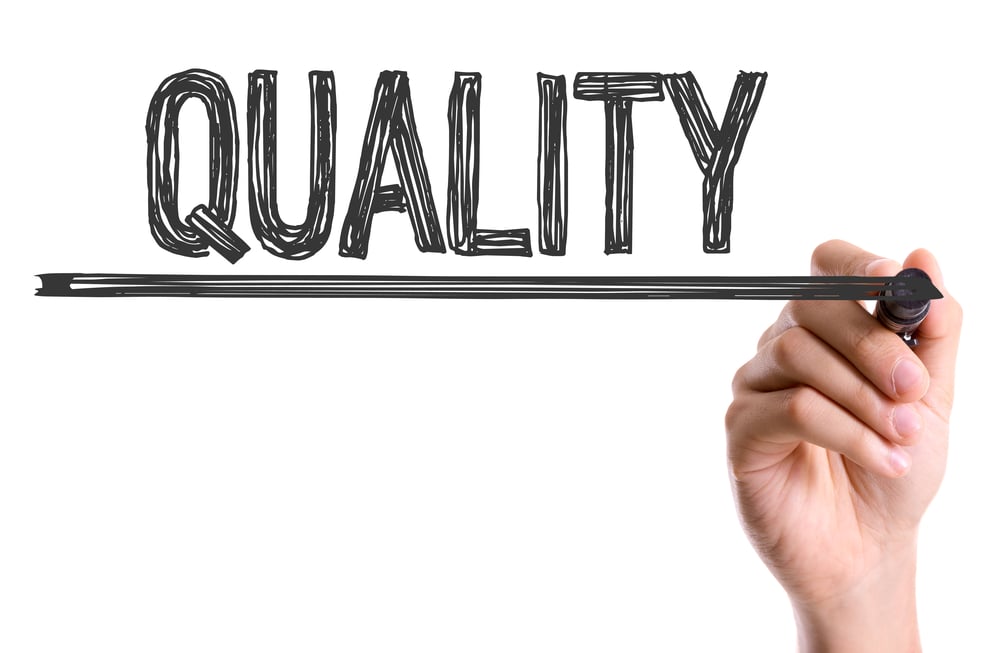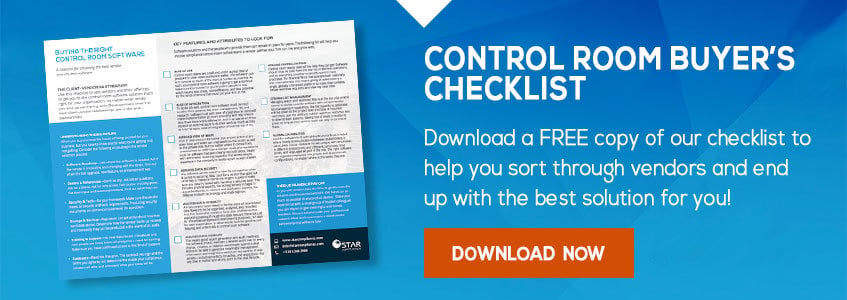Control rooms aren't just for big banks anymore. If you're in the market for a software solution, here's what to look for
Once upon a time, control rooms were almost exclusively the province of investment banks or similarly large-scale financial institutions: big, bustling firms with big, bustling deal sides that needed constant monitoring by a team of specialists trained to spot potential conflicts of interest and keep them in check. Such firms still need control rooms, potentially more than ever. But there's a growing realization that control rooms—and the emerging lineup of software solutions that cater specifically to their highly specialized needs—can be of use to a much broader range of financial firms than previously thought.
"When we started developing Compliance Control Room," says Tim Ward, Director Of Product Strategy And Marketing for StarCompliance, "we presumed the final product would apply exclusively to investment banks: the world of mergers and acquisitions, IPOs, debt offerings, etc. Over the course of the build-out, what we learned was there's a good use case for all sorts of other firms. Anyone who's managing MNPI, for example, has a good use case for Compliance Control Room, as do companies that are providing loans or funding or have major holdings."
So whether your firm sports a traditional control room profile—with volumes of deal-related data zigzagging in all directions—or a less chaotic but no less essential compliance function, here's a list of essential features you should be on the lookout for when shopping for a control room software solution.
Ease of use should go without saying, but for as long as software in all its myriad forms has been around, regrettably it cannot; there's still plenty of enterprise-level software out there that isn't designed first and foremost with the end user in mind.
Your control room software is going to get a workout. The point of it is to remove the taxing manual or semi-manual burden your compliance team currently faces: trying to keep track of who's involved in what and who's said what to whom for the hundreds or thousands of deals your enterprise financial firm may have in motion, perhaps at best with a rudimentary blend of spreadsheets and email.
Control room teams are typically small, and have a lot of high-level focus placed on their performance. Control room software that's intuitive and easy for your frontline people to use—including deal stakeholders—will mean less stress, increased efficiency, and less potential for the kinds of errors that could put your firm at risk.
Ease of integration is the kind of business software feature that is too easily, and too often, overlooked. For your control room software to really do its job, to operate at its utmost capacity to crosscheck and analyze deal-critical data from across your firm, it must be connected to other firm systems. These can include deal management, order management, human resources, and research systems.
When your new control room software is being implemented, one of the priorities of the vendor team will be integrating it with these existing systems. Software built with ease of integration in mind will make your implementation go more smoothly and more quickly. It will also help keep data flowing dependably when your new control room platform is up and running and really being counted on day-to-day. And in an age when firms depend on external apps to conduct their core business activities as much as they do internal apps, easy integrations can make all the difference when it comes to control room software.
There's a lot of deal-critical information zipping around a financial institution at any given time. And this MNPI is in no way guaranteed to only originate from a firm's deal side. It can just as easily originate from the public side. But you can't manage what you don't know, and no matter where it comes from, unaccounted-for MNPI can endanger deals and reputations.
Keeping track of all this errant information is one of a control room's most important tasks. Thus, software that provides your team with the broadest possible view of MNPI is mission critical. Look for a platform that provides a window into a firm's public side and its deal side, with a firm-wide reporting capability that allows people anywhere in the company to quickly and easily report receipt of MNPI—ensuring the activity in question makes its way to the control room and the appropriate action is taken.
A compliance software vendor needs to have its act together when it comes to securing your data. Look for a vendor that goes out of its way, at the very least on its website, to reassure clients and prospects the lengths it goes to make sure any data it's tasked with handling is kept in a secure environment. This can include physical measures, like putting its servers in locked cages in a guarded facility, to network and application measures, like defense-in-depth technology and single sign-on.
Data integrity and data visibility also gets at the idea that a financial firm's control room needs to be the place all deal-related data flows into to be organized, analyzed, and recorded. And a control room team as well as compliance leadership need to have utter confidence that everything that passes through this information nexus is there not just for immediate analysis and deal-clearing purposes, but also for later examination if the need arises. In other words, proper record keeping and order trails are as vital a feature as any when it comes to choosing control room software.
Data visibility also gets at good report generation and audit readiness. Your software should be able to maintain a detailed audit trail for every change, creation, or deletion event. It should also be able to generate meaningful management information and insightful analytics on every key aspect of deal activity, including conflicts, breaches, and resolutions. All this for any deal the firm has in motion and at any point in the deal lifecycle.
Control rooms are nerve centers, and are busy enough places already. Control room teams therefore need all the help they can get. Software should be built from the ground up to centralize, streamline, and do everything possible to simplify control room operations. For financial firms that operate both nationally and internationally, this means giving all stakeholders—like deal-team members, control-room teams, and compliance leadership—a single, globally connected platform from which they can make deal updates, initiate workflow requests, and view key deal information and data.
Managing watch lists and restricted lists is another activity at the top of a control room's to-do list. Look for software that has comprehensive list-management capabilities, ideally with the capacity to associate entries down to the project level and type of required restriction, as well as publish watch lists or restricted lists to downstream systems. Having a crush of deals in motion is a good thing, so long as your control room team can stay on top of it all.



